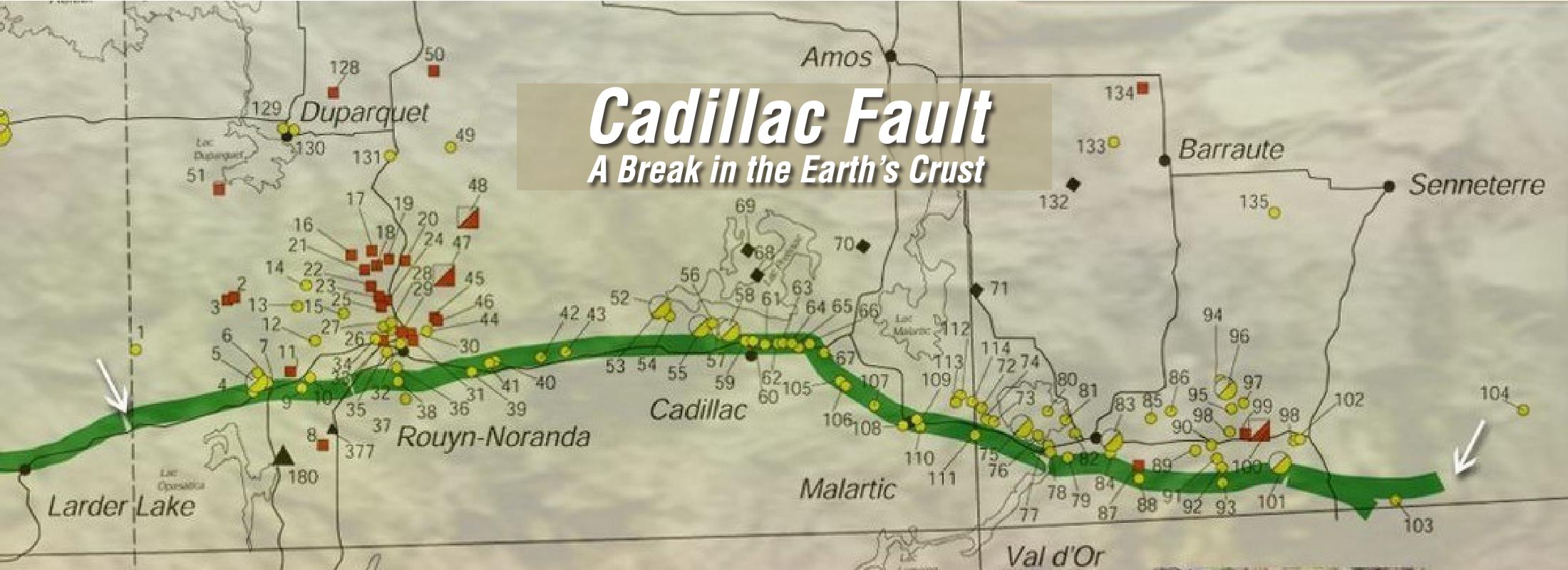First Gold Rush: The Cadillac Fault
Abitibi’s Geological History
The geological anomaly referred to as the Cadillac Fault had a major impact on Quebec’s mining history. It is roughly 160 kilometres long. It extends from the town of Val d’Or (district of Louvicourt), in Quebec, to Kirkland Lake, in Ontario. Its name derives from the township of Cadillac, where it was first discovered.
A Wealth of Natural Resources
It all began more than 2.5 billion years ago when a fault or fracture occurred in the Canadian Shield. The magma then rose to the surface and solidified within the fracture, carrying with it a great variety of precious metals: gold, copper, zinc, nickel and other nonferrous metals like lithium.
In the early 20th century, the discovery of this geological anomaly ushered in the Abitibi-Témiscamingue Gold Rush. Thus, several cities in Abitibi owe their existence to the wealth of natural resources contained within this fault, notably Malartic.


